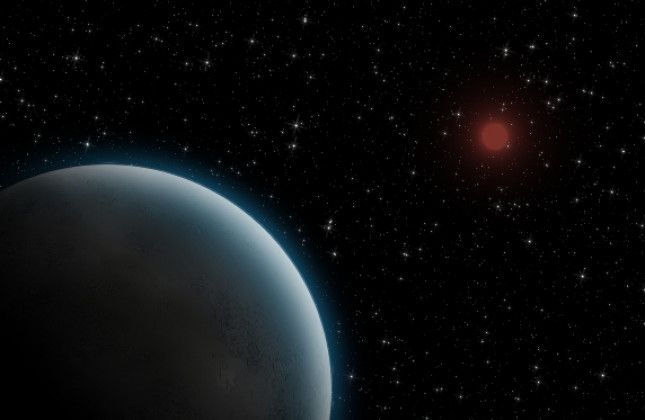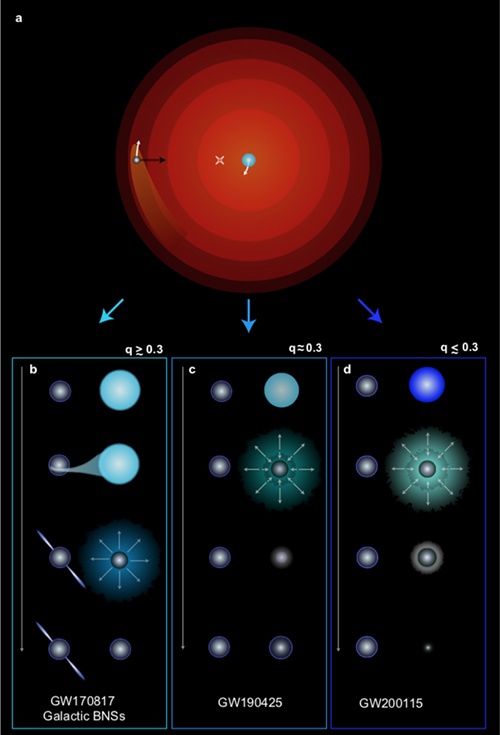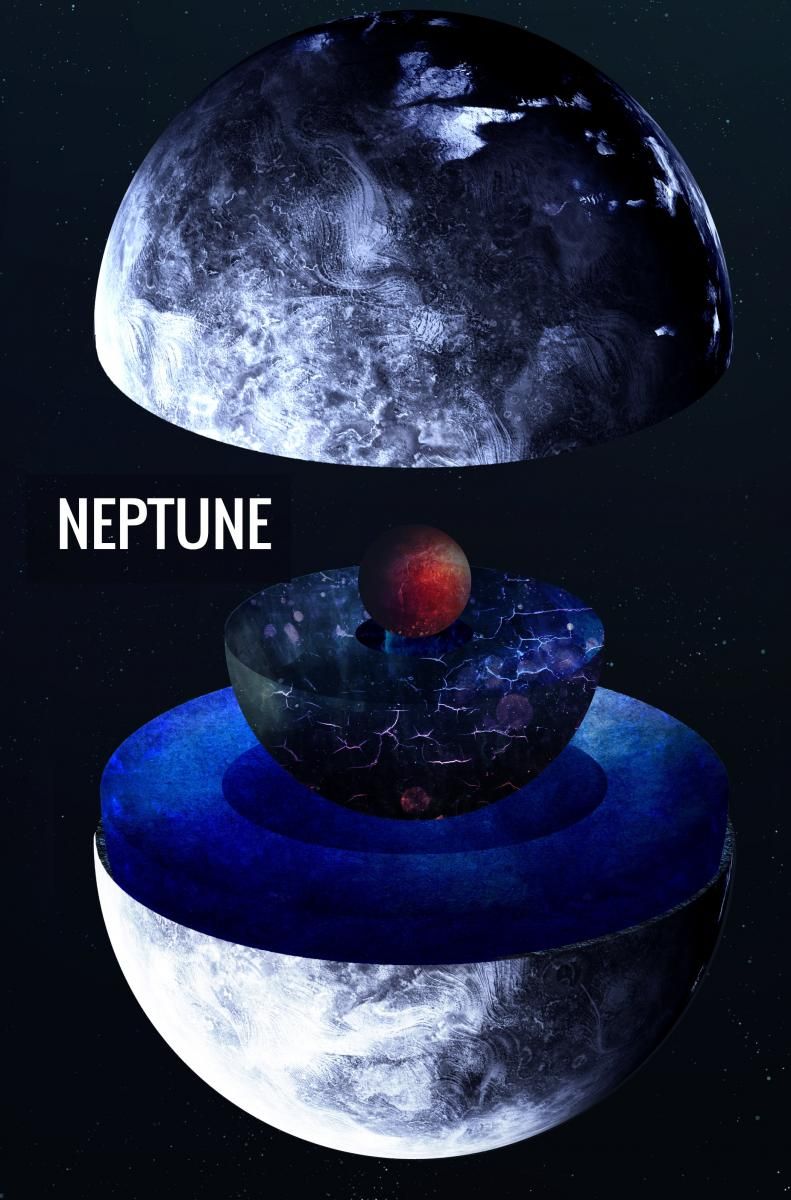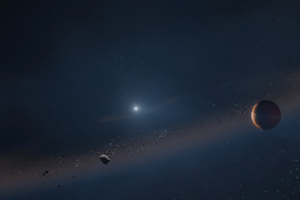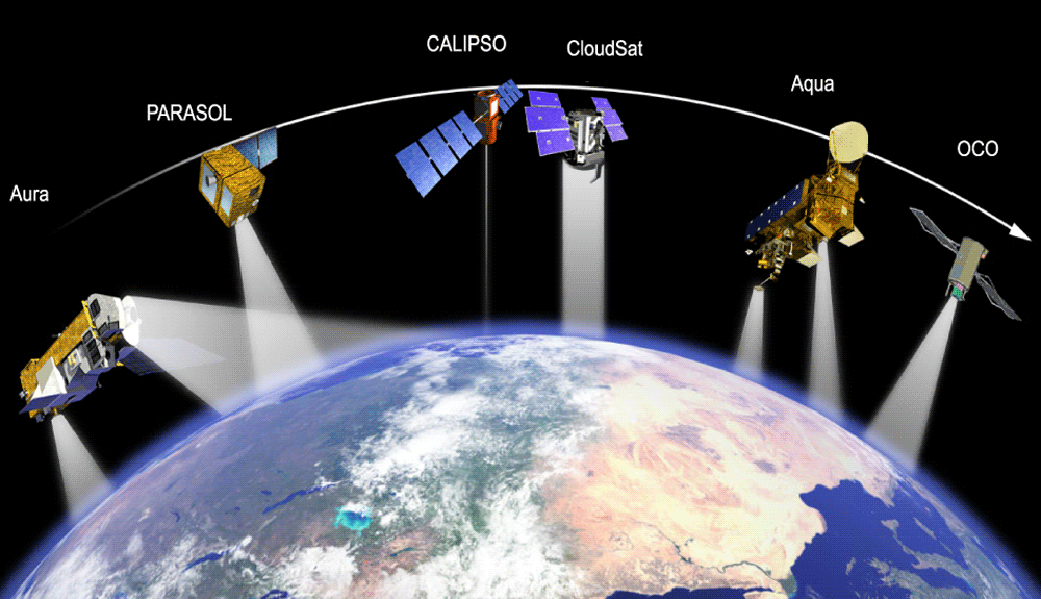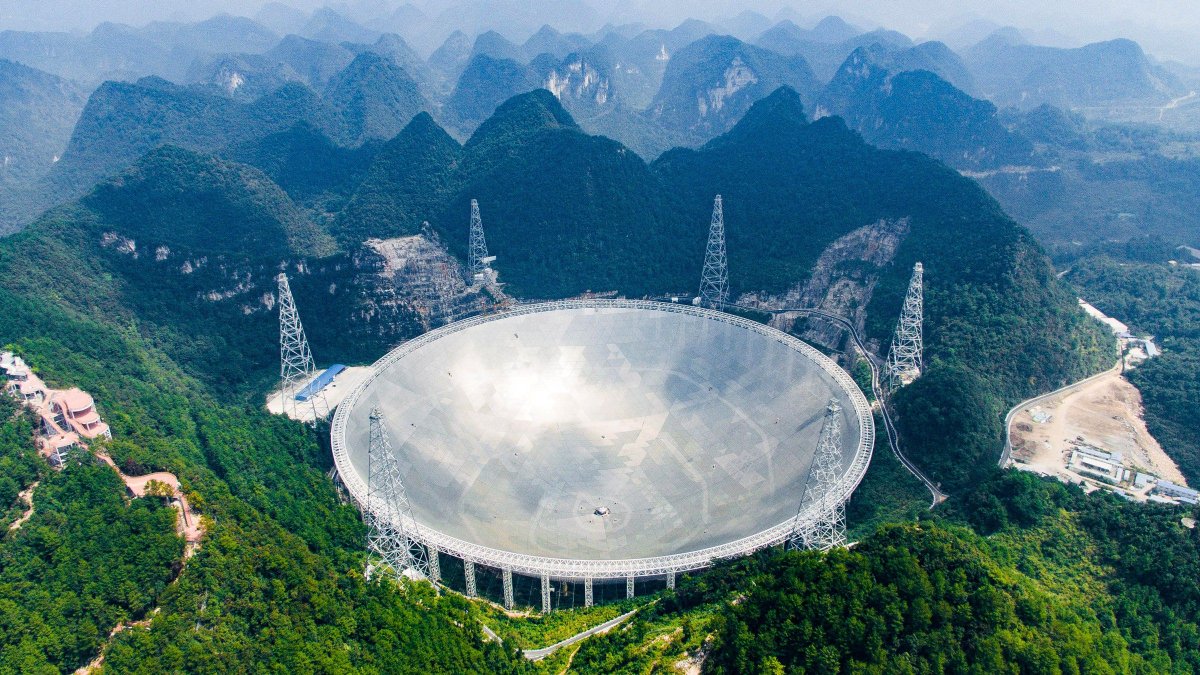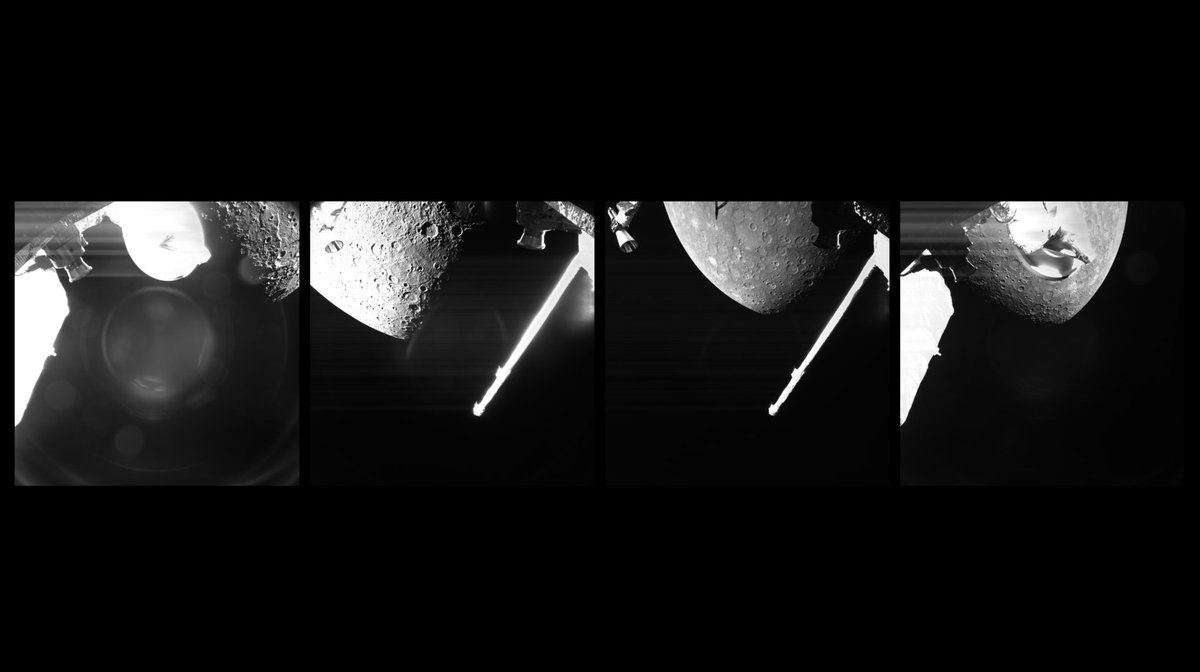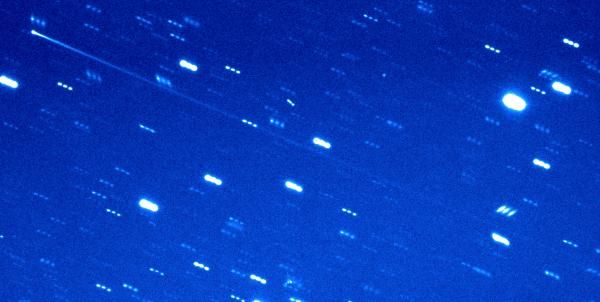Jupiter’s atmosphere has plenty of distinct features, including lightning and the Great Red Spot. But the underlying processes that drive these features are less well understood, as the physics of the gases that make up Jupiter’s atmosphere is complicated. A team of scientists from all over the globe has found a familiar process in all the chaos, though. They think a process that happens here on Earth might be happening on a grander scale at Jupiter.
Continue reading “With no Solid Surface, the Atmosphere of Jupiter Behaves Quite Differently Than Earth”Astronomers see a Moon-Forming Disk Around a Super-Jupiter
Recently, astronomers have been finding protoplanetary discs around certain stars. Their discovery has helped kick off a new work in planetary formation theory. But planets aren’t the objects that form from discs of material in space. Moons do too. Now, scientists led by Dr. Tomas Stolker of Leiden University and his team have delved deeper into the characteristics of a “protolunar” disc surrounding a “super Jupiter” exoplanet about 500 light-years away.
Continue reading “Astronomers see a Moon-Forming Disk Around a Super-Jupiter”Gravitational Waves Reveal Surprising Secrets About Neutron Stars
The confirmation of gravitational waves back in 2017 continues to unlock whole new worlds of physics but also continues to elicit further questions. The detection of each gravitational wave brings a new challenge – how to find out what caused the event. Sometimes that is harder than it sounds. Now a team led by Alejandro Vigna-Gomez of the University of Copenhagen thinks they found a model of star death that helps to explain some previously inexplicable findings – and points to a galaxy with many more massive neutron stars than previously thought.
Continue reading “Gravitational Waves Reveal Surprising Secrets About Neutron Stars”Why do Uranus and Neptune Have Magnetic Fields? Hot ice
The outer “ice giant” planets, Neptune and Uranus, have plenty of mysteries. One of the biggest is where exactly they got their magnetic fields. They are strong at that, with Neptune’s being twenty-seven times more powerful than Earth’s, while Uranus’ varies between ? and four times Earth’s strength. Chaos rules in these electromagnetic environments, making them exceptionally hard to both understand and model. Now a team of researchers led by Dr. Vitali Prakpenka of the University of Chicago thinks they might have found the underlying cause of both the field’s strength and its randomness – “hot ice.”
Continue reading “Why do Uranus and Neptune Have Magnetic Fields? Hot ice”This’ll be us… in 5 Billion Years
Scientists have long known the fate of our solar system – and likely the fate of Earth itself. In a few billion years, the Sun will run out of fusion fuel and expand to a “red giant” phase, likely swallowing everything in the solar system up to the orbit of Mars. But, some of the planets past that point could survive, like Jupiter and Saturn. Now, scientists have used the Keck Observatory to see a system that looks like what ours will after the Sun’s red giant phase for the very first time.
Continue reading “This’ll be us… in 5 Billion Years”A Spacecraft Could use Gravity to Prevent a Dangerous Asteroid Impact
The idea of avoiding asteroid impacts has featured prominently in the public’s mind for decades – especially since the release of Deep Impact and Armageddon. But is using a nuclear explosion the best way to deal with potentially hazardous space rocks? Decidedly not. If given enough time, there is a much more effective (and safer) way to dealing with any object on a collision course with Earth – a gravity tractor. Now, Dr. Yohannes Ketema from the University of Minnesota has developed a flight pattern that makes this simplest of all asteroid defense mechanisms that much more effective.
Continue reading “A Spacecraft Could use Gravity to Prevent a Dangerous Asteroid Impact”Not Just Sitting Ducks. Maybe Satellites Could Dodge Almost all Space Junk
Kessler syndrome is becoming more and more of a potential hazard as more and more companies vie to place more and more satellites in Low Earth Orbit (LEO). But it will only get out of hand if a chain reaction of collisions happens, which could potentially cause a complete breakdown of orbital infrastructure.
To combat that possibility, satellites currently attempt to dodge any debris that gets anywhere near them. Now, a new paper by Dr. Jonathan Katz of Washington University, St. Louis, proposes a system that can accurately detect whether a piece of debris will impact a satellite and allow the satellite itself to move out of the way only for trash that will actually hit it.
Continue reading “Not Just Sitting Ducks. Maybe Satellites Could Dodge Almost all Space Junk”China’s FAST Telescope Could Detect Self-Replicating Alien Probes
One of the most challenging questions to answer when confronting the Fermi Paradox is why exponentially scaling technologies haven’t taken over the universe by now. Commonly known as von Neumann probes, the idea of a self-replicating swarm of extraterrestrial robots has been a staple of science fiction for decades. But so far, there has never been any evidence of their existence outside the realm of fiction. That might be because we haven’t spent a lot of time looking for them – and that could potentially change with the new Five-hundred-meter Aperture Spherical Radio Telescope (FAST). According to some recent calculations, the massive new observational platform might be able to detect swarms of von Neumann probes relatively far away from the sun.
Continue reading “China’s FAST Telescope Could Detect Self-Replicating Alien Probes”BepiColombo’s First Pictures of Mercury
BepiColombo recently had its first close flyby of Mercury, its eventual mission target, and got to snap some pictures to commemorate the event. Even at this early stage of the mission, these images are some of the clearest we have ever had of the innermost planet.
Continue reading “BepiColombo’s First Pictures of Mercury”This Object is Both an Asteroid and a Comet
In astronomy, comets and asteroids are defined very differently. Comets have a “nucleus,” usually made of ice and dust, and a tail when they get near the sun, which is the nucleus material shedding off from the comet itself. Asteroids, on the other hand, are small balls of rock orbiting the sun. Occasionally though, some objects meet the criteria to be both an asteroid and a comet – and a team from the Planetary Science Institute (PSI) think they have found a new one.
Continue reading “This Object is Both an Asteroid and a Comet”

